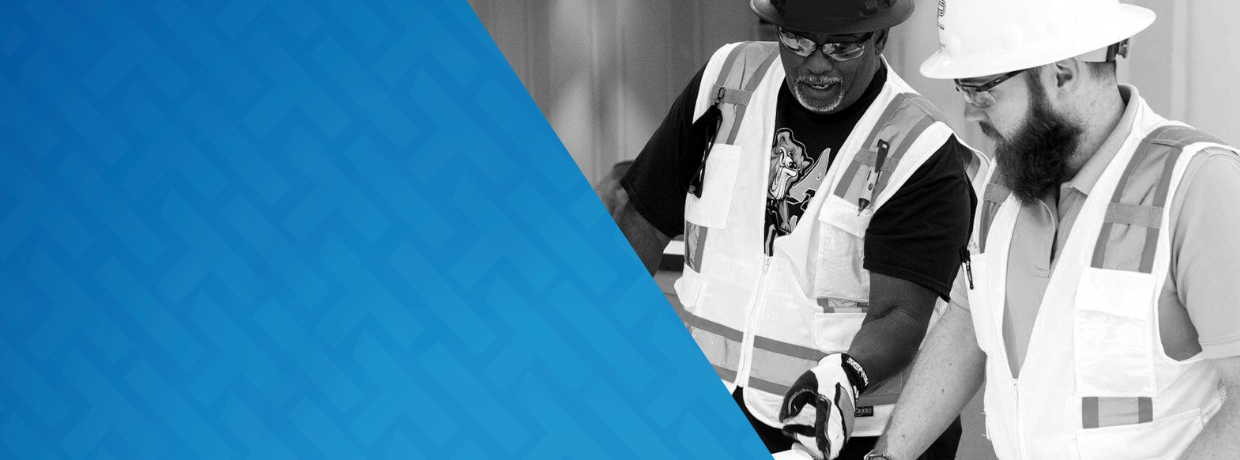Change is essential to solve pressing construction issues like improving safety standards, reducing liability and creating productive work environments. When it comes to implementing software to transform compliance, risk and safety culture for the long-term, without a well-considered plan and clear goals, change programs can be unnecessarily disruptive and hamper continuous improvement.
Wondering how you can better prepare? You’re in the right place.
We rounded up EHS leaders who have experienced firsthand how to roll-out EHS platforms. Joined by Alissa Lackey, CSP, Safety Technology Lead at DPR Construction Tim Hill, MS, EH&S Director at CRB and Ryan Guy, Safety Program Manager at RQ Construction, we recently discussed how to overcame barriers to change and transform construction safety programs. Here are some learnings they shared.
Ready to jump-in? The full recording is available now.
Identifying the cause to set success goals for the journey:
Often there is a tipping point where the status quo becomes intolerable. As a leader, your role is to identify the issues and rally teams around a common goal to solve them. To help you compare and identify your catalyst, we covered the common reasons it's time for change identified by EHS directors in this change management blog.
Companies who are looking to move from lagging to leading indicator driven safety programs may find they are missing data points that are difficult to capture with paper-based documentation.
- For DPR Construction, collecting, retaining and recalling information was a challenge. This included items like overall compliance rates and training records. Specifically, they had noticed a trend of subcontractors arriving to begin works without approved pre-start documentation submitted, which contributed to schedule delays.
Observation information is one of the most valuable sources of EHS insights. Linking trends between observations and other leading and lagging data can be difficult. Particularly if you're working across a number of disjointed systems - like excel and point solutions.
- At RQ Construction, near miss data was not correlating to leading and lagging indicator trends. They found that while teams were trained, accountable and reporting well, there was still a gap. They identified process problems with the way they captured and shared positive and negative observation data that was causing innacuracies.
“Other team members noticed safety team members weren't on-site as much as they should be...[we] very quickly found there was a lot of time spent on the administrative and reporting tasks. It amounted to at least an hour a day on daily reporting. It was a lot of time in the office that could have been spent out in the field helping keeping people safe.”
Ryan Guy, Safety Program Manager RQ Construction
Key insights to help you navigate EHS transformation from this webinar include:
- Preparing for change to meet your goals and support your teams
- Developing an implementation plan and how to make the most of professional services from your software provider
- How to build, communicate and gain stakeholder buy-in to the plan
- Measuring results to ensure you meet your change goals.
Bonus tips:
- Why flexibility matters - how to balance sticking to your plan with being agile when faced with roadblocks
- How to create continuous feedback cycles with boots on the ground teams to problem solve and drive adoption.

Access the full webinar recording here.






